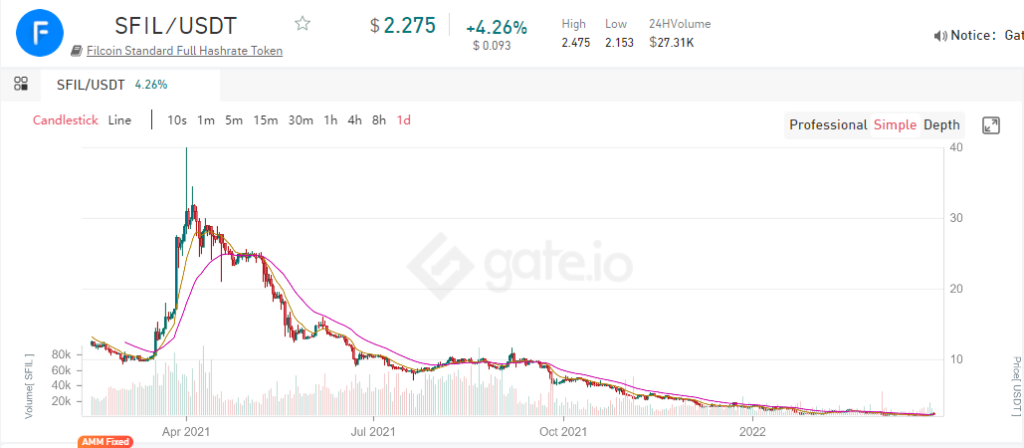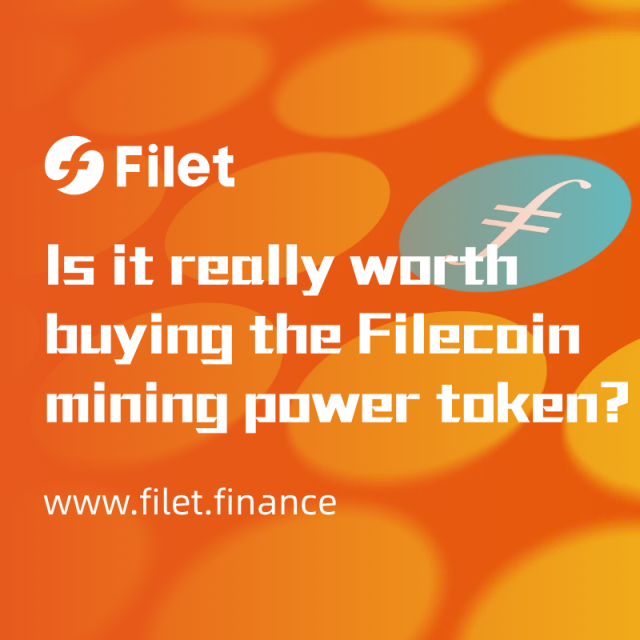After the official launch of the distributed storage project Filecoin, various mining products about Filecoin emerge endlessly. In addition to the traditional mining method of purchasing mining machines, buying mining power tokens for mining has also become a mining method that many ordinary investors choose.
The so-called mining power token is a Filecoin standard mining power token issued by Filecoin miners, and each token is backed by real mining power. For users, buying this kind of token is equivalent to buying the mining power of Filecoin, and can continue to obtain FIL produced by the corresponding mining power.
The highlight of this mining method is that the entry barrier of Filecoin mining is greatly lowered, and every ordinary investor can obtain mining income as long as they buy a standard mining power token. Secondly, the standard mining power tokens of many projects represent full capacity mining power, users can get all the mining output immediately after buying, without waiting for the linear release of 180 days or even longer. The most attractive thing is that if FIL continues to rise, the price of mining power will also rise, users can not only get the benefits of FIL price rising but also get returns from the rise in mining power tokens, which is somewhat similar to “Davis Double Play”.
It sounds like mining power token is a very nice choice, is it really true? Not necessarily.
First of all, it is difficult for users to know whether the mining power tokens issued by mining service providers really have the support of the corresponding mining power, and it is also difficult to judge whether the tokens are over-issued. If there is no real mining power behind the mining power token or the tokens are over-issued on a large scale, then the mining power token purchased by the user is worth nothing. In the end, what awaits users is only a shell project with the providers behind it running away.
In addition, the propaganda of so-called obtaining the double benefits of FIL rise and mining power token rise sounds very attractive, but all of this is premised on the continuous rise of FIL price. What if FIL keeps falling? The recent market has already given the answer.

The picture above shows the trend of the well-known mining power token project SFIL in the past year. As the price of FIL continued to fall, SFIL also fell from the highest point of about $37 to the current $2, a drop of more than 90%. If a user just bought SFIL at the highest point, not only does the SFIL in hand depreciate by 90%, but the FIL produced during that period also depreciates by nearly 90%. The good “Davis double play” seems to have turned into a bad “Davis double play” in the end!
Therefore, from this point of view, the mining power token projects are still high-risk mining methods. The risk is both from service providers and the dropping of mining power tokens. In comparison, projects like Filet that stakes FIL for mining are obviously more stable. No token purchasing, no principal loss.
The profit and loss originate from the same source. Anyone in the pursuit of high returns will inevitably bear the corresponding risks. For most ordinary investors, stability is the best choice to increase assets.
